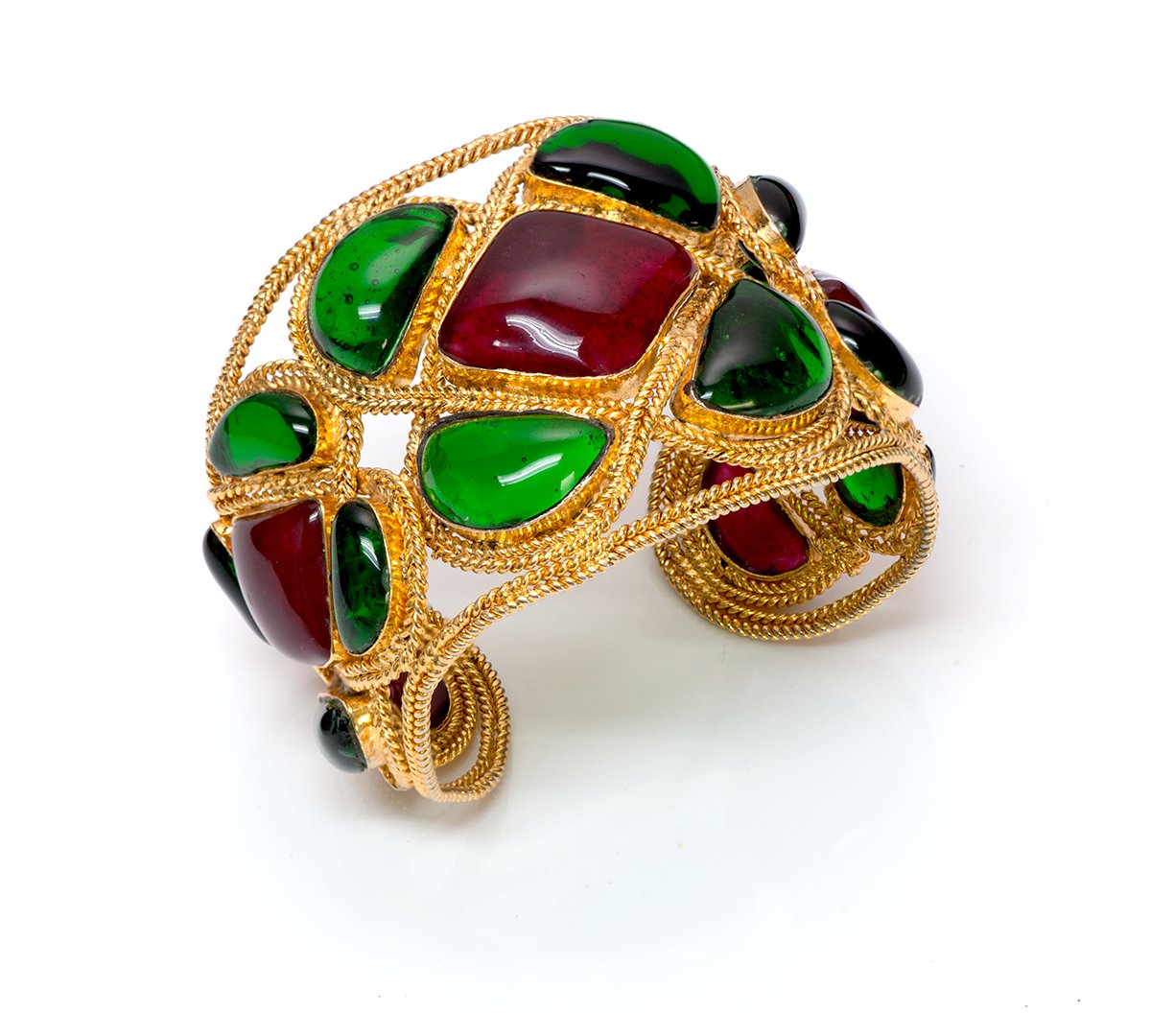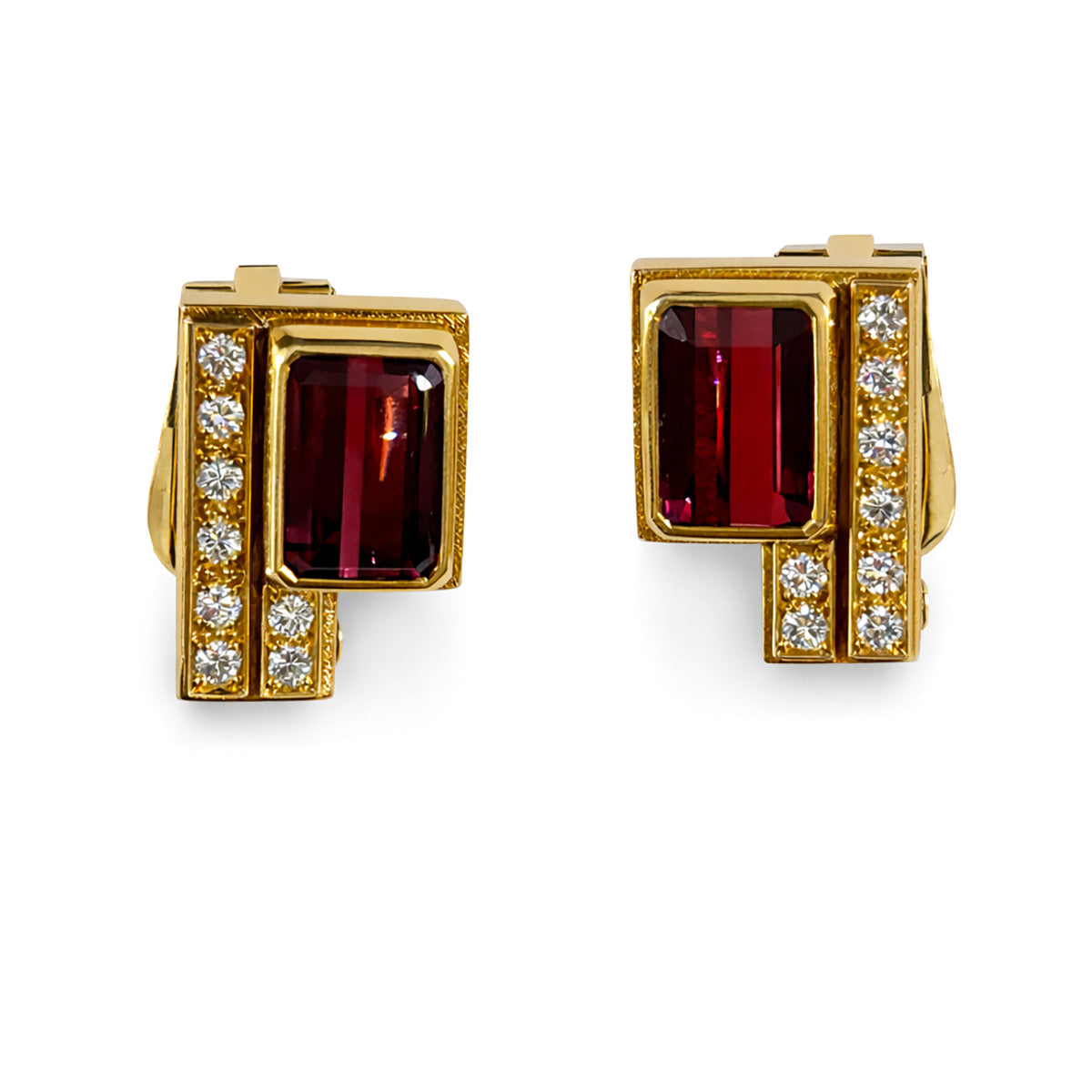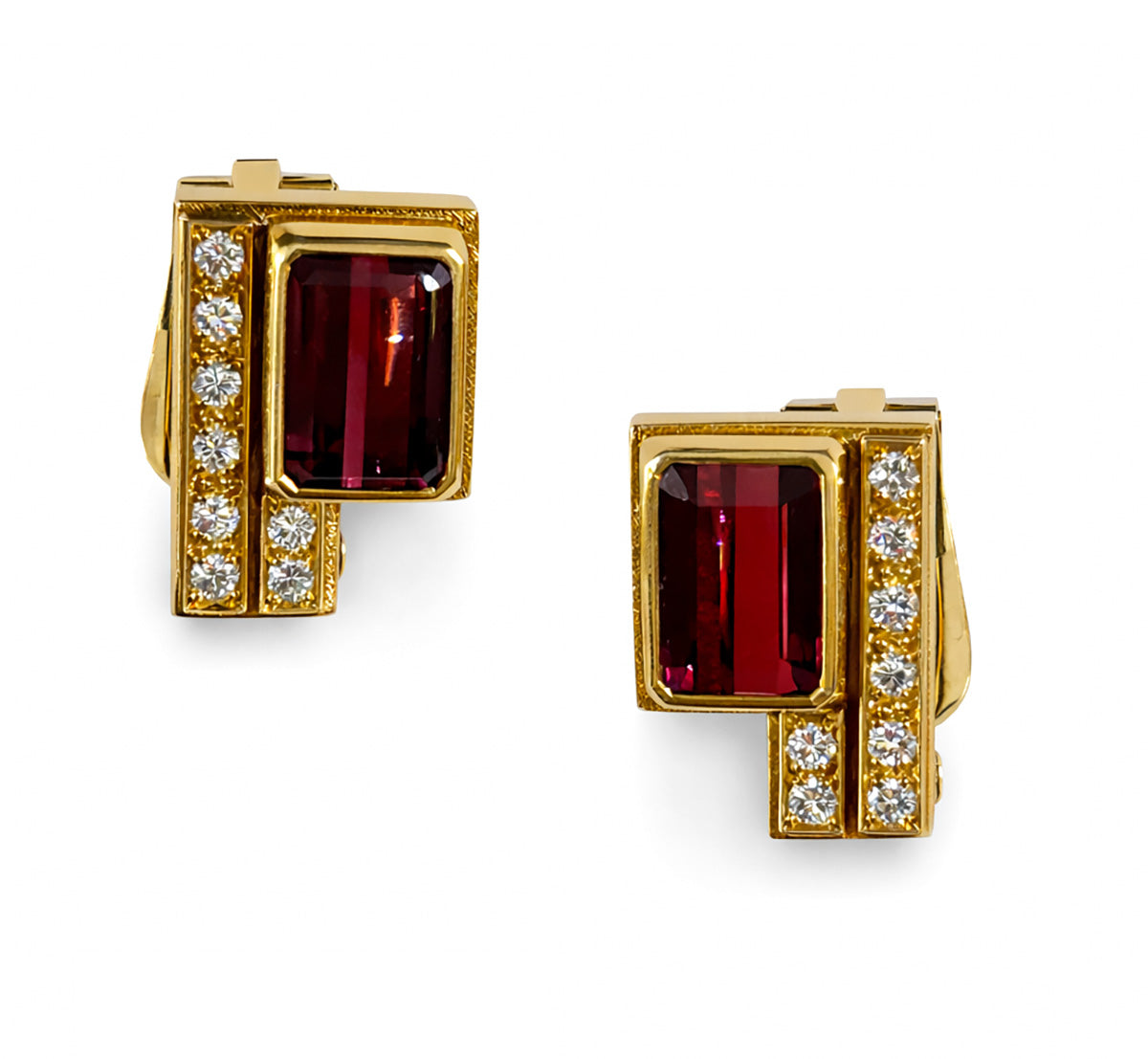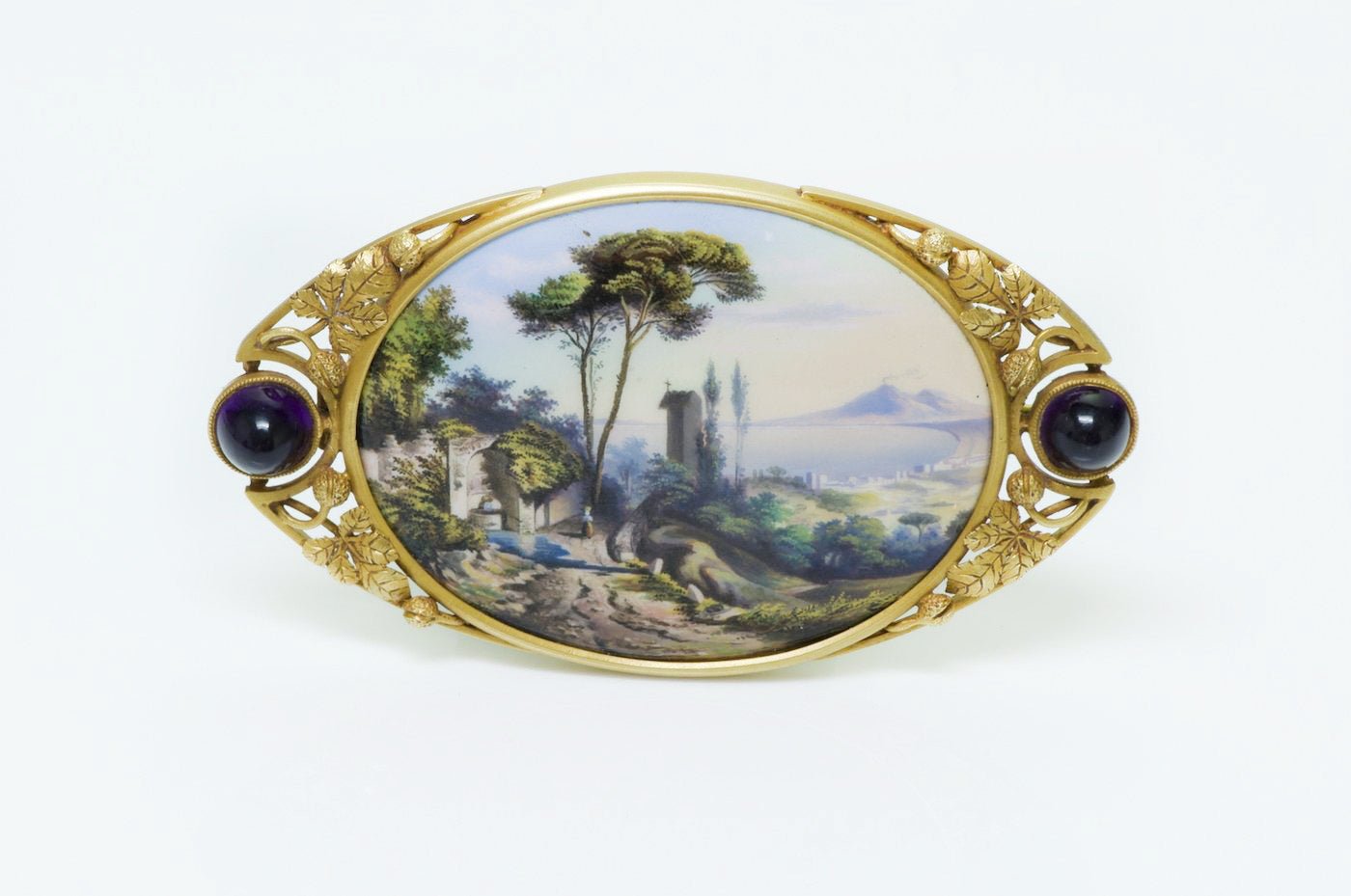
Antique & Vintage Jewelry Never Goes Out of Style
Throughout history styles changed which enabled talented jewelry designers to create new and innovative pieces. Some were inspired by nature while others used architecture as their model. Georgian jewelry was entirely handmade and are known for their romantic motifs. While pieces from the Art Nouveau period were whimsical those created during the Art Deco period were bold.
Antique and vintage jewelry designs span a huge variety and looks, gemstones, and materials and each has its own distinctive style. When looking at the story of a vintage or antique item, you may want to know what the difference in these two terms is.
Vintage Jewelry
Jewelry which is at least 20 to 30 years old, so to be considered “vintage” it could be anything made during the 1990’s or earlier.
Antique Jewelry
Jewelry which is over 100 years old, the piece would have to be made before 1910’s to be called “antique”.
Antique Mosaic Gold Earrings
Up to the start of the Victorian period, essentially all jewelry was handmade with expensive 22K and 18K yellow gold and silver. At this point however, with rapid advances in technology, machines could now cut and stamp metal and electroplate gold onto base metals. The expansion of factories meant metalwork in 14K, 10K and even 9K yellow gold could now be achieved on a mass scale using affordable materials - and suddenly jewelry was accessible to almost everyone. Elaborate cameos of shell and stone, lockets of Renaissance Revival, hearts, flowers and animal-themed jewelry set with seed pearls were the styles of the Victorian period.
Art Nouveau 1890 - 1915
By the late nineteenth century, there was a growing desire to express the aspirations and achievements in innovation of the day, so as a counter-movement to past styles, the "new art" or Art Nouveau movement was born. Albeit a short movement, Art Nouveau has been far reaching and acted as a foundation for some future jewelry styles. Designs of Art Nouveau drew their core inspiration from the natural world, featuring animals, insects, flowers, and women with flowing hair and elegant curves. Romanticized depictions using sinuous lines and whiplash curves sharply contrast from the "rigid" lines more common in the jewelry of other movements during this time. New materials and techniques like enameling and molded glass were used to develop the period’s fantastical designs. Pilque-à-jour, an enamel technique reminiscent of stained glass art on a miniature scale, also characterized jewelry of the Art Nouveau movement. Precious stones like agate, moonstones, opals, sapphires, garnet, and aquamarine took the front seat, wile diamonds were not used as much.
Edwardian 1900 - 1920
The Edwardian period derived it's name from the reign of Edward VII (Queen Victoria’s son), who took the throne in Great Britain in 1901. His reign marked society's return to the height of its elegance and sophistication.
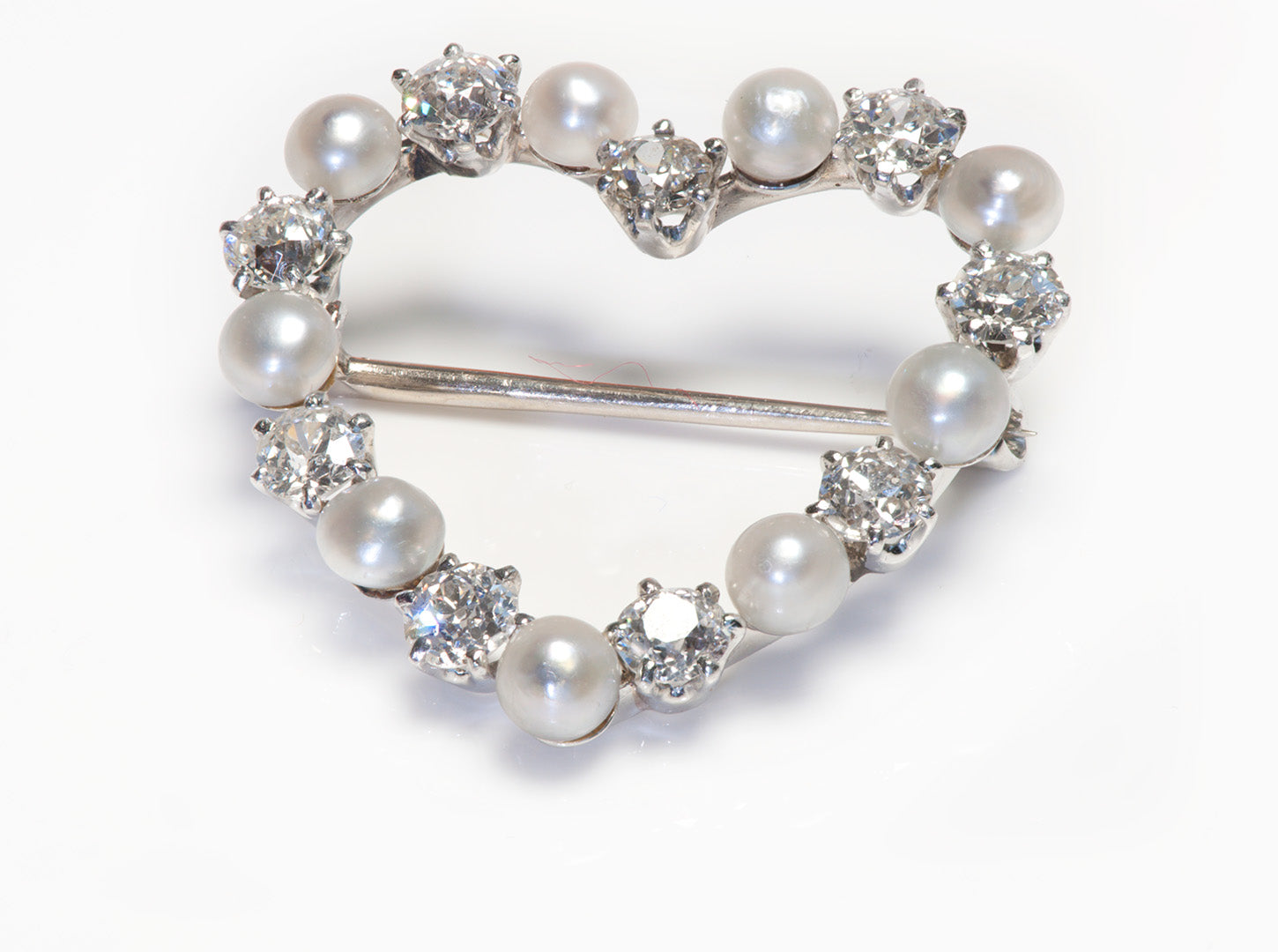
The overall style of the times was light, graceful, and delicate. Most prominent motifs were bows, ribbons, bow knots, lace, flowers, and even sporting events. Roman, Ancient Greek, Napoleonic, and French Baroque influences were all evident in Edwardian jewelry styles. Edwardian jewelry heavily emphasized showcasing brilliant diamonds. Granted that colorful gemstones like emeralds, rubies, sapphires, aquamarines, and green demantoid garnets were also used, the diamonds were, nonetheless, the real focal point. It was during the Edwardian period that advances in metal fabrication marked the beginning of the use of platinum in jewelry. This helps with jewelry dating, for if a piece contains platinum, it would have been made in the early 20th century or later.
Art Deco 1915 - 1935
"Art Deco" is an abbreviation of a event's name, the “Exposition Internationale de Arts Decoratifs et Industriels Moderns” which took place in Paris in 1925. This is where the style was first exhibited. Art Deco concepts can be described as geometric and symmetrical, and when lines were used, they did not swirl like those of the Art Nouveau period; they were straight and angled or they curved in a gradual and sweeping manner.
This era was influenced by several factors, including an admiration for the modernity of the machine - the industrial development, the free-flowing elegance of Art Nouveau, the geometric simplicity of cubism, and the human practicality brought about by the devastation from the first World War.
Retro 1935 - 1950
The Retro period is also known by some as the Retro Modern, and largely reflects the changes accompanying the end of World War II. Though one may have expected the style to be sombre, minimalist, and restrained by reflecting the death of war and the economic depression, on the contrary, jewelry styles were big, colorful and elaborate. Additionally, Retro era jewelry has a distinct air of old Hollywood glamour. Concepts of the Retro era reflect an infusion of futuristic vision with elements inspired by preceding periods, but unlike the Art Deco style, Retro jewelry has soft curves and feminine motifs. Famous brands which influenced this era with their innovative concepts include Cartier, Van Cleef & Arpels, and designers like Seaman Schepps, Mauboussin, Schlumberger, Vendura and many others.



